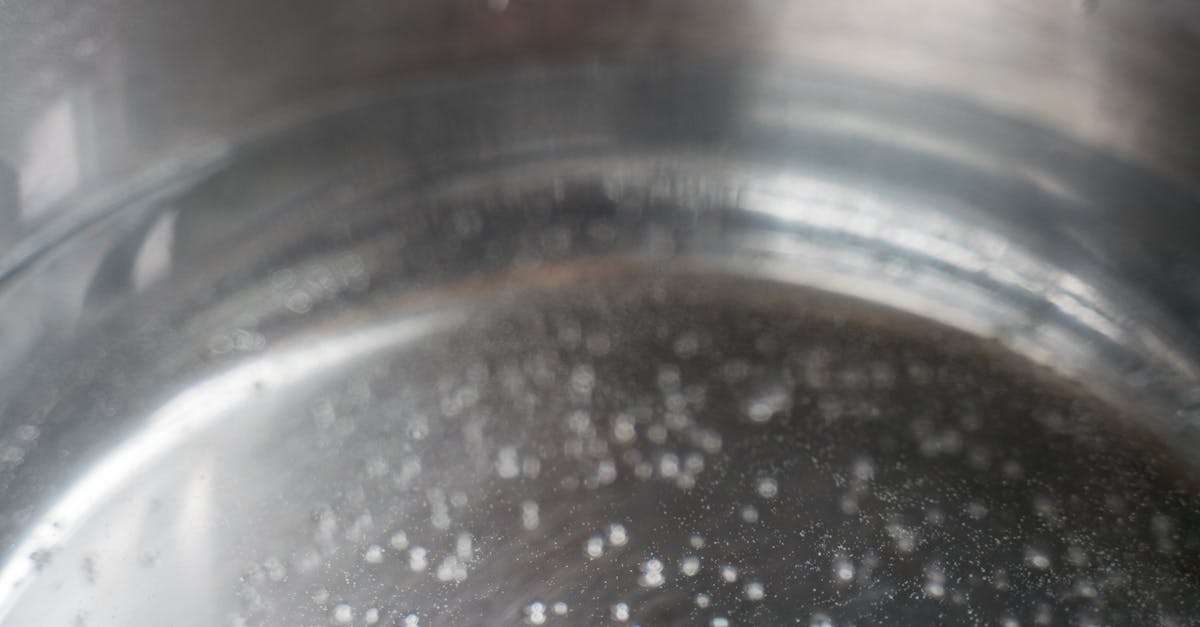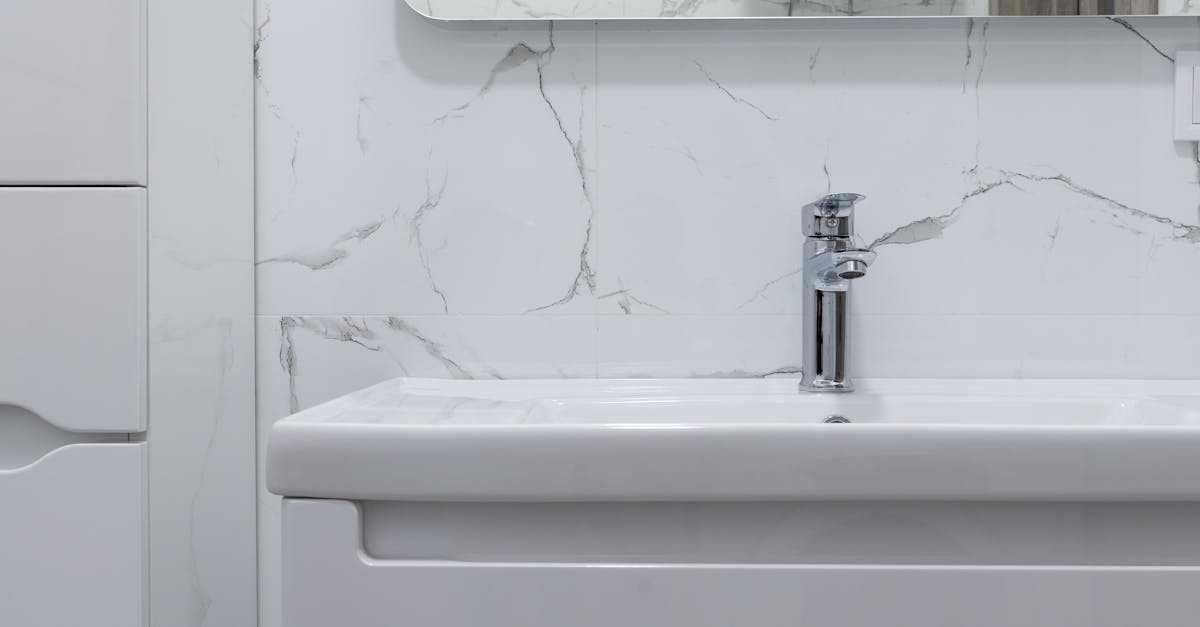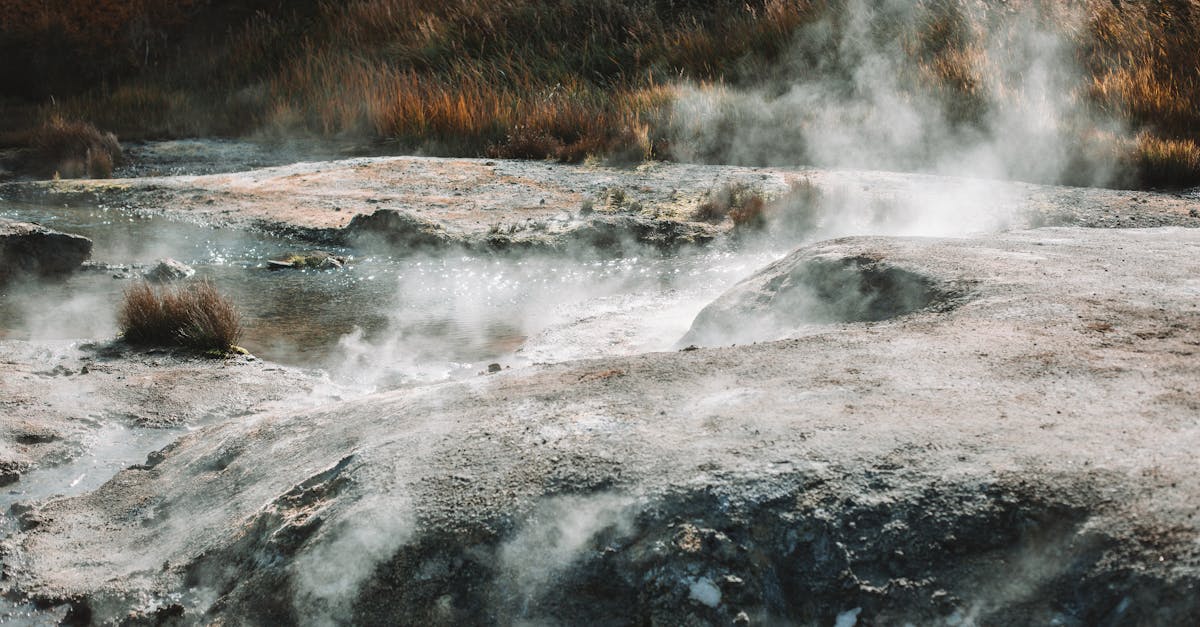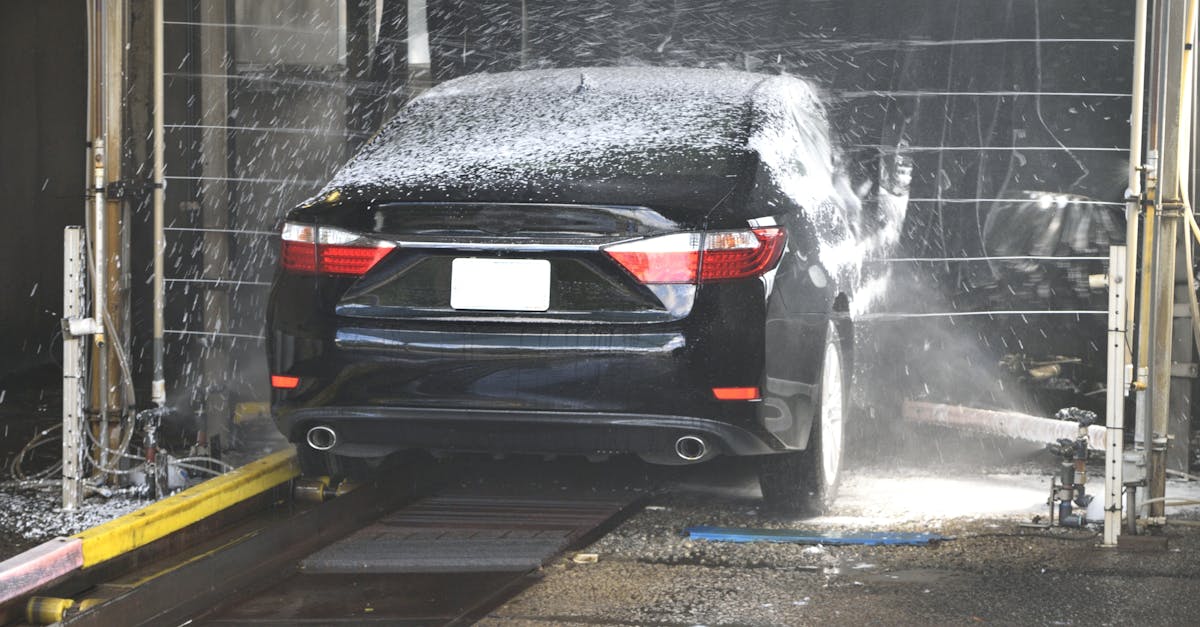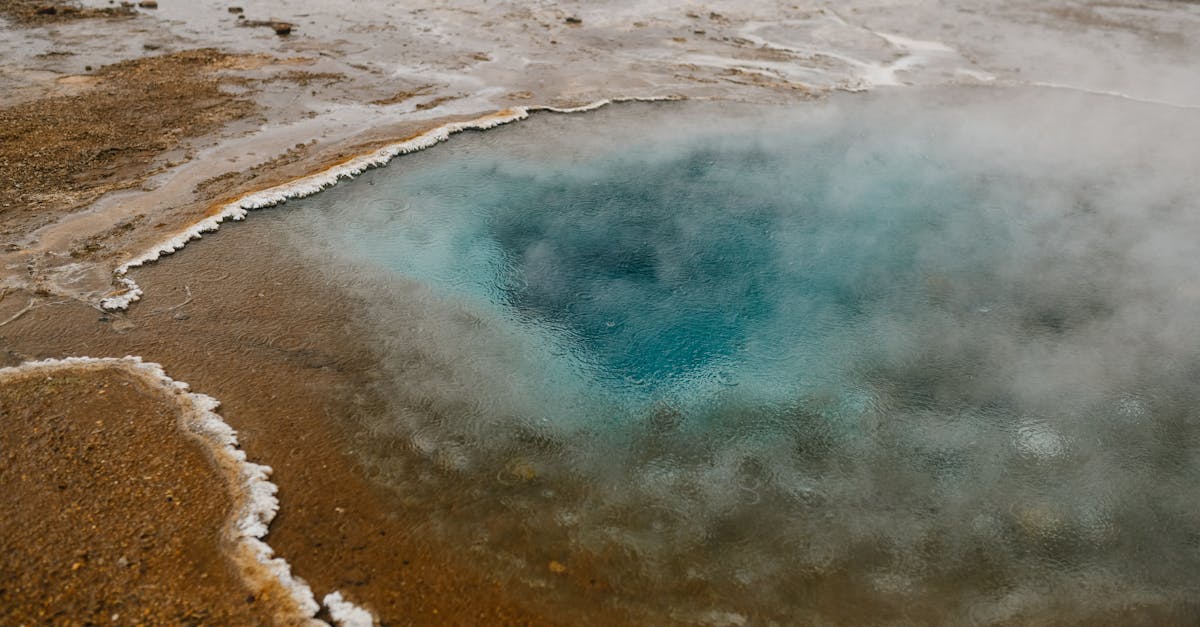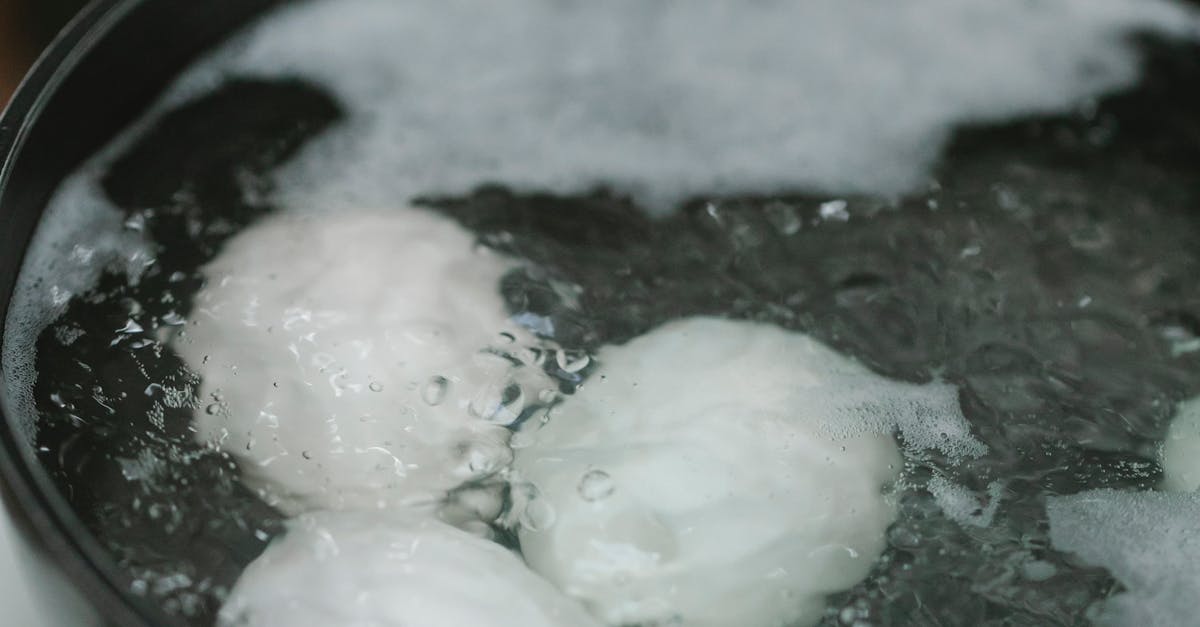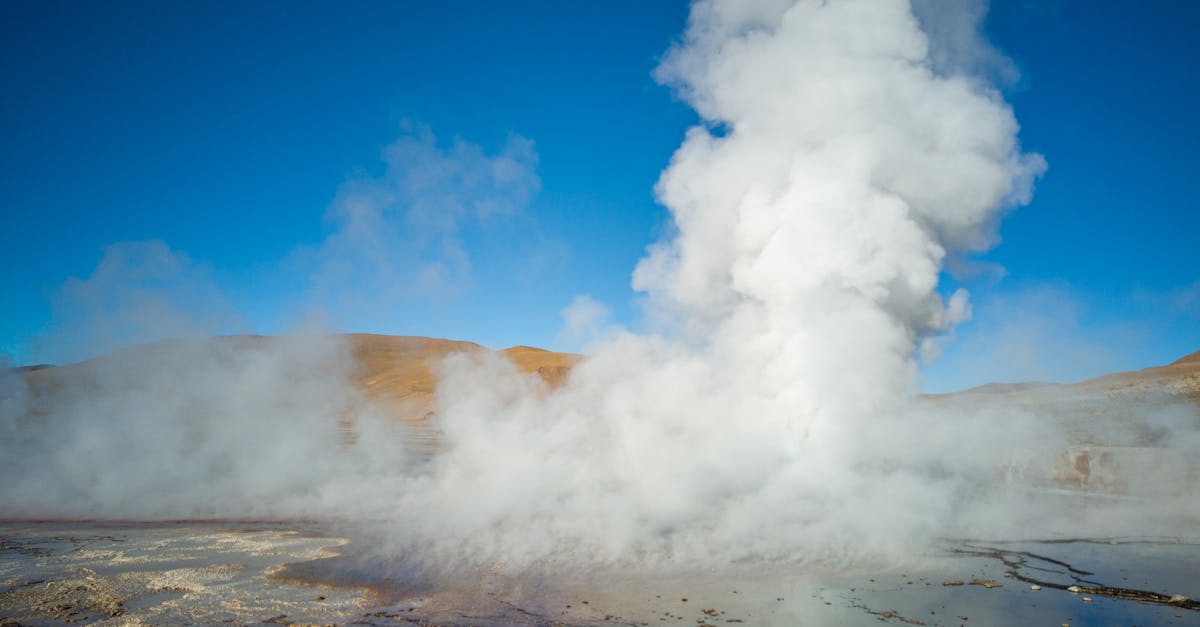
Table Of Contents
Cleaning the Interior of the Tank
Cleaning the interior of a hot water tank is essential for maintaining efficiency and prolonging its lifespan. Before starting, it is important to turn off the power supply or shut off the gas valve to ensure safety during the process. Once the power is off, drain the tank by connecting a hose to the drain valve and letting the water flow out. This provides access to the tank's interior, making it easier to remove any sediment or buildup present.
For effective hot water system cleaning, consider using a mixture of vinegar and baking soda. This combination works well to break down mineral deposits that can accumulate at the bottom of the tank over time. After pouring the cleaning solution into the drained tank, allow it to sit for a while to maximize its effect. Scrubbing the interior with a soft brush can help dislodge stubborn residues, ensuring a more thorough clean.
Recommended Cleaning Solutions and Techniques
When embarking on hot water system cleaning, choosing the right solutions is essential for effective results. A mixture of white vinegar and water acts as a natural cleaner, breaking down mineral buildup and sediment. Combine equal parts of vinegar and water and pour it into the tank. Allow it to sit for a few hours, which helps loosen debris and enhances the cleaning process.
For more stubborn buildup, baking soda can be a useful addition. Adding a few cups of baking soda to the vinegar and water mixture can create a bubbly reaction, further aiding in the removal of deposits. After applying these solutions, gently agitate the mixture to ensure it reaches all corners of the tank. This two-pronged approach ensures that the interior of the tank is well-prepared for further rinsing and maintenance.
Rinsing the Tank Thoroughly
After completing the cleaning process, rinsing the tank thoroughly is crucial to ensure that any remaining cleaning solutions or sediments are eliminated. Start by refilling the tank with clean water. This will help flush out any residues lingering from the cleaning agents used. Open the drain valve to allow the dirty water to exit. Continue this process several times if necessary to achieve a clear outbound stream.
Using a hose connected to a fresh water source can enhance the rinsing effectiveness. Direct the hose into the tank while draining to stir up and dislodge any stubborn particles. This method is especially important for a proper hot water system cleaning. Continue rinsing until the water runs clear. Performing this step meticulously will promote the longevity of the hot water tank and maintain its efficiency.
Ensuring All Residues are Removed
After using a cleaning solution, it is essential to ensure that all residues are removed from the tank. Residual cleaning agents can affect the performance of the hot water system and may also pose risks to health. Begin by checking the water clarity after the flushing process. If the water appears discolored or contains particles, it may be necessary to repeat the rinsing procedure.
Once the tank is flushed thoroughly, run the hot water from a faucet or shower connected to the system. This helps to expel any lingering debris or cleaning solution that might not have been eliminated during the initial rinsing. Continue this process until you notice that the water is clear and free of any contaminants. Effective hot water system cleaning ensures optimal functioning and longevity of the appliance.
Refilling the Hot Water Tank
After the cleaning process is complete and thorough rinsing has taken place, it's time to refill the hot water tank. Begin by closing the drain valve securely to prevent any leaks during the refill. Then, open the cold water supply valve to allow fresh water to flow into the tank. This step will refill the tank and help flush out any remaining debris that might have been missed during cleaning.
Once the tank is filled, check for leaks around the valves and connections. It is crucial to ensure that everything is secure before proceeding. After confirming there are no leaks, turn the power or gas supply back on to the hot water system. Monitor the system as it heats up to ensure proper functioning. Remember, regular Hot Water System Cleaning is essential for optimal performance and longevity of your tank.
Steps for Safe Refill and Restart
Once the hot water tank is thoroughly rinsed and all cleaning solutions have been removed, it is time to refill the tank. Begin by closing the drain valve securely to prevent leaks. Open the cold water supply valve to allow water to flow back into the tank. Monitor the process to ensure that the tank fills properly, and keep an eye on any air bubbles that may escape through the hot water tap until a steady stream indicates that it is fully charged.
After the tank is filled, check all connections to confirm there are no leaks. Restore power to the hot water system following the manufacturer's instructions. If it's a gas system, reignite the pilot light if necessary. Let the tank heat up as per normal operation, and check for any unusual noises or issues. Performing regular Hot Water System Cleaning helps maintain efficiency and prolongs the lifespan of your unit.
FAQS
How often should I clean the inside of my hot water tank?
It's recommended to clean the inside of your hot water tank at least once a year to maintain its efficiency and prolong its lifespan.
What are some recommended cleaning solutions for a hot water tank?
Common cleaning solutions include a mixture of vinegar and water, or a commercial descaling solution specifically designed for hot water tanks.
Can I use bleach to clean my hot water tank?
It's generally not advisable to use bleach, as it can damage the tank and affect the quality of the water. Stick to vinegar or recommended descaling solutions.
How do I know if my hot water tank needs cleaning?
Signs that your hot water tank may need cleaning include discolored water, strange odors, or a decrease in water pressure and heating efficiency.
Is it safe to clean my hot water tank myself?
Yes, it is safe to clean your hot water tank yourself, provided you follow the manufacturer's instructions and take necessary safety precautions, such as turning off the power and water supply.

